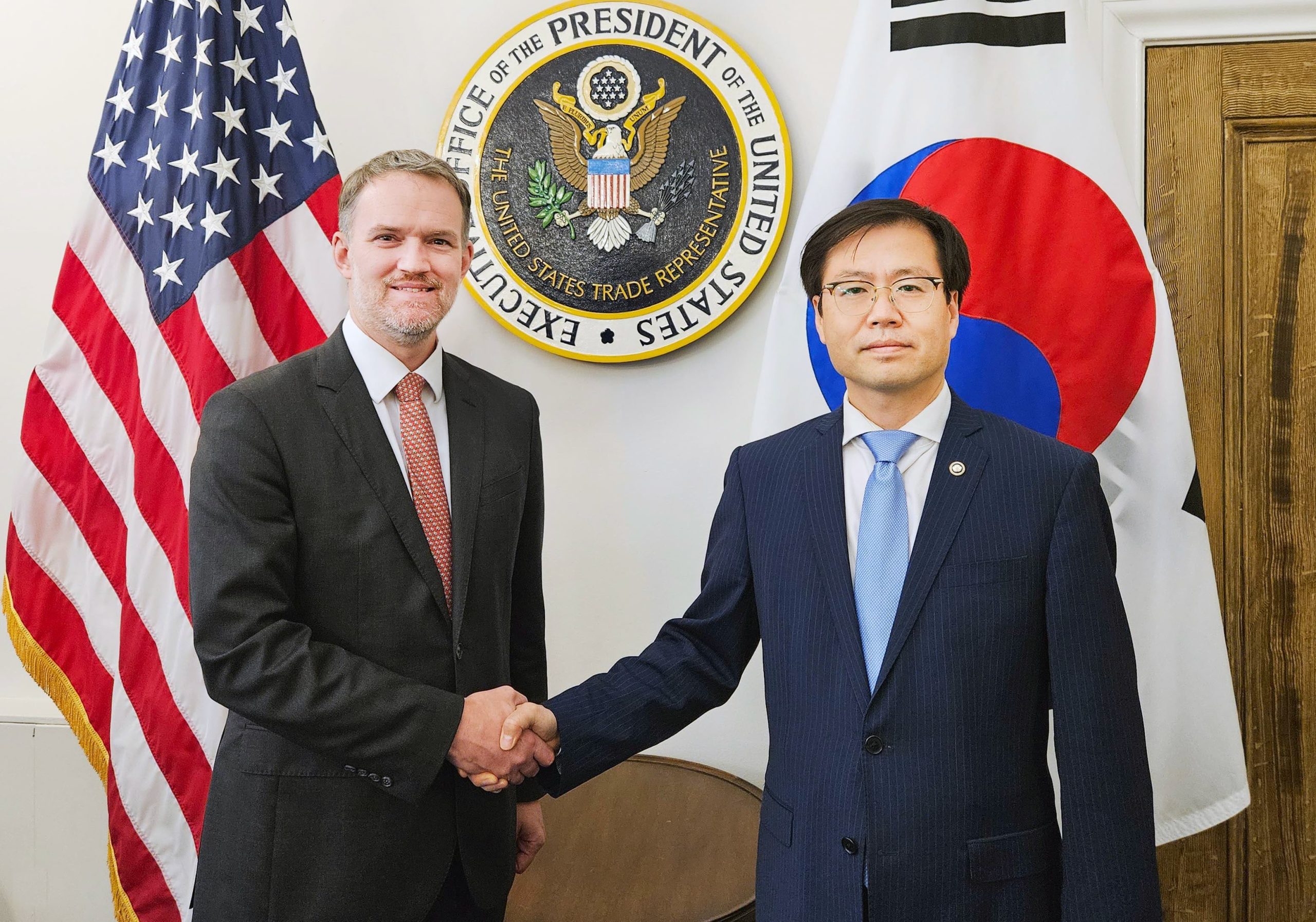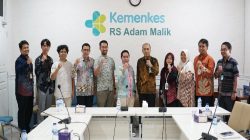Escalating Trade Tensions Between South Korea and the United States
On July 8, South Korea’s Ministry of Trade, Industry and Energy announced its intention to intensify negotiations with the United States following a significant development in trade relations. President Donald J. Trump had sent a letter to President Lee Jae-myung, proposing a 25 percent reciprocal tariff on all Korean exports. This measure is set to take effect on August 1, marking a sharp escalation in trade tensions between the two nations.
The letter was made public on Trump’s social media platform, Truth Social, on July 7. It signaled a shift in the U.S. approach to trade with one of its closest allies in Asia. The move also extended the deadline for implementing the tariffs, which had been expected to expire this week. This delay provides a brief window for both countries to address the growing concerns and seek a resolution before the new tariffs come into force.
In response, the South Korean ministry emphasized its commitment to resolving the issue through dialogue. “We will use the remaining time to accelerate negotiations and seek a mutually beneficial outcome to quickly resolve the uncertainty created by these tariffs,” the statement said. This reflects the government’s recognition of the potential economic impact of the proposed tariffs, especially given South Korea’s reliance on export-driven growth.
The situation also presents an opportunity for South Korea to tackle long-standing concerns raised by the United States regarding trade imbalances. The ministry highlighted efforts to improve domestic regulations and ease restrictions that have drawn criticism from U.S. officials. Additionally, it aims to strengthen bilateral manufacturing partnerships in key sectors, which could help foster more balanced trade relations.
This latest development is part of a broader campaign by the U.S. to reshape its global trade relationships through unilateral pressure and assertive rhetoric. For South Korea, whose economy is highly sensitive to changes in U.S. policy, the next three weeks are crucial. Any further deterioration in trade relations could lead to a significant economic setback.
Since taking office in June, President Lee has adopted a “national interest first” strategy. His administration argues that trade negotiations conducted under the previous caretaker government lacked democratic legitimacy. As a result, Lee’s team had called for a pause in talks until a new administration was in place, reflecting a cautious approach to engaging with the U.S. on trade issues.
Yeo Han-koo, South Korea’s chief trade negotiator, has played a central role in managing the diplomatic response. Just two days before Trump’s announcement, Yeo made his second trip to Washington in less than a week, meeting with top U.S. officials, including Trade Representative Jamieson Greer. This demonstrates the urgency with which South Korea is approaching the situation.
Yeo described the situation as “fluid and unpredictable,” emphasizing that Seoul remains committed to a strategy that “maximizes practical gains.” He also mentioned an “all-court press” approach to negotiations, highlighting the high stakes involved. This phrase gained added significance when Wi Sung-lac, South Korea’s national security adviser, traveled to Washington on July 6, underscoring the critical nature of the ongoing standoff.
As the deadline for the tariffs approaches, both countries face a challenging period. The outcome of these negotiations will not only affect trade relations but also have broader implications for the economic stability of South Korea. With the right approach, there is potential for a resolution that benefits both parties and sets a positive precedent for future trade discussions.







